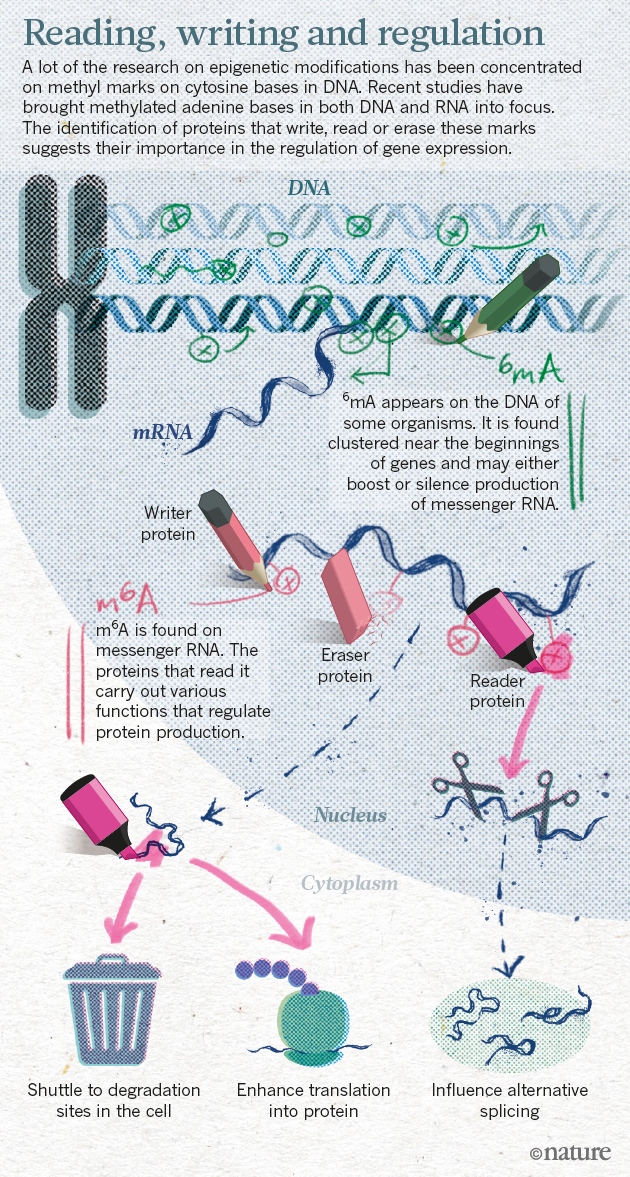Nowadays, many people is asking about evidence oon the impact of taxes for sugar sweetened beverages. The reason is that in Catalonia from May 1st. a new tax has been implemented.Two tax rates have been set in relation to sugar content: For drinks containing more than 8 grams of sugar per 100 ml: €0.12/litre. For drinks containing between 5 and 8 grams of sugar per 100 ml: €0.08/litre
A new article in the Journal of Health Economics sheds light on the issue:
Our main finding from the tax simulations is that nutrient-specific taxes have much larger effects on nutrition than do product-specific taxes, without causing a larger decline in consumer utility. The intuition for this result is that nutrient-based taxes have a much broader base, so it is more difficult to substitute away from any one good in response to such taxes. For example,a 20% tax on soda decreases total purchased calories by 4.84% and decreases sugar consumption by over 10%. However, a 20% sugar tax decreases total calories by over 18% and sugar by over 16%.The larger effect of a sugar tax on nutrition comes despite the fact that it has the same effect on indirect utility as a soda tax. Dueto their negative income elasticities and the patterns of own- and cross-price elasticities we find, taxes on snacks and packaged mealshave very small effects on nutrition. Fat and salt taxes, on the other hand, have much larger effects, decreasing calories by 19% and 11%, respectively. SSB taxes, which can be thought of as a hybrid price policy that targets a set of products based on their nutritional content, also are quite effective, reducing caloric intake by over 8%. However, these taxes are less-effective and only slightly less-distortive than a broad-based sugar tax.If this is so, the next steps should be to review the initial impact and explore wether new approaches could be more succesful. Unfortunately the article doesn't explains the details of how to implement their result...
PS. On sugar
Ben l'oncle Soul






